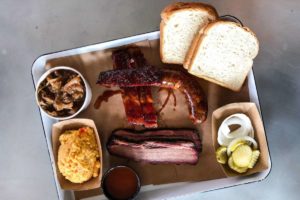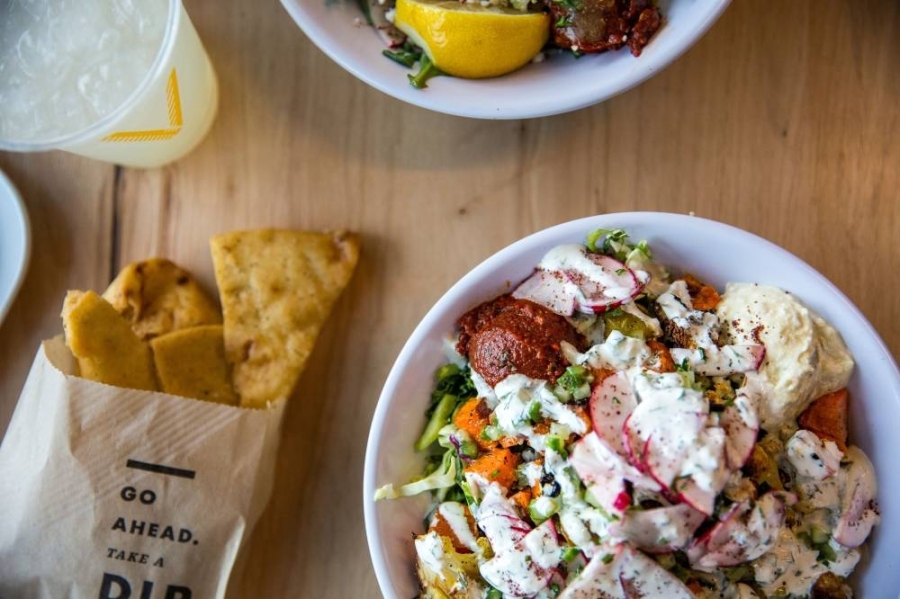 This is the second column in a series about new trends in Texas barbecue. The first explored how chefs are changing the barbecue game.
This is the second column in a series about new trends in Texas barbecue. The first explored how chefs are changing the barbecue game.
Like the restaurant industry as a whole, the barbecue business has changed substantially over the past 18 months. In pre-COVID times, the possibility that a traditional barbecue joint would serve most of their business to-go was unheard of.
Barbecue will always encompass the social experience of being with friends, as well as seeing your order cut by the counterman right in front of you. Or so we all thought. Nowadays, many barbecue joints are seeing as much as half their business head out the door as to-go, delivery or mail orders.
This is just one example of how the business of barbecue is changing. I stress the word “business” because the foundation of Texas barbecue — the food, specifically the trinity of brisket, pork ribs, and sausage — is still holding strong and not going anywhere.
Another area where the business is changing is in how the barbecue is served to guests in the restaurant.
Most barbecue joints use a counter or cafeteria service model. With counter service, you line up and place your order with an order taker, get a number, find a table, and the food is brought to you when it’s ready. A variation of this is when you get a beeper or buzzer, and when that goes off, you go back up to the counter to get your food.
With cafeteria service, you place the order with the meat-cutter, then order your sides, drinks and desserts, then pay, and take your tray to a table yourself.
Occasionally, you will find a joint like Pizzitola’s Bar-B-Cue that uses the more familiar table service model in which you sit down and a waiter takes your order for food and drinks. Killen’s Barbecue in Pearland offers table service for dinner on weekends.
In the future, you are more likely to see a combination or “hybrid” of these service types. Specifically, you will place your order with a counter person, then when you sit down, a waiter will be assigned to your table to bring the food and follow up with any requests like additional utensils or topping off drinks.
This service model is being driven by several changes in the business: larger dining rooms, being open for dinner as well as lunch, and incorporating a full bar that includes wine and cocktails in addition to beer.
Dinner guests tend to take longer to finish a meal, as they are often with family or friends and the social aspect of barbecue is back in play. Having a waiter assigned to a table allows the guests to easily add to their food order or buy additional drinks without having to get up and trek across a large, busy dining room to place another order.
That last bit is important for the barbecue joint: as meat-price increases squeeze profit margins on food sales, having an expansive bar that allows for more alcohol sales (effectively subsidizing the smoked meats) is an increasingly attractive business model. For the sake of convenience, it makes sense to have a waiter take a follow-on order and expedite that second bottle of beer or glass of wine.
The Switch in Dripping Springs pioneered this hybrid model in the barbecue business, and Feges BBQ’s Spring Branch location recently adopted it.
Houston’s appetite for barbecue is as voracious as ever, and local joints are finding new ways to quickly get that barbecue out of the pit room and onto customer tables or delivered to their living rooms. The next time you are out, don’t be surprised if a waiter approaches your table.




0 Comments